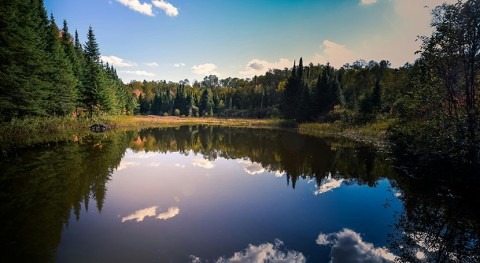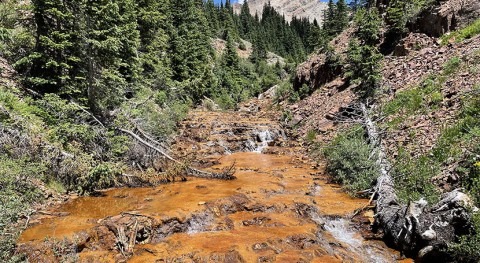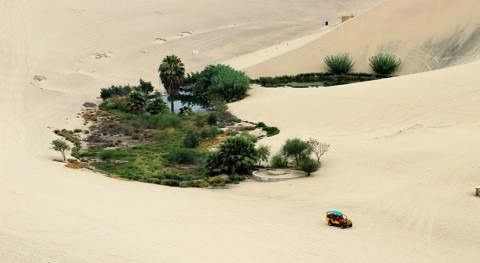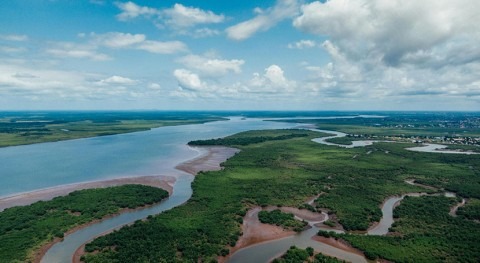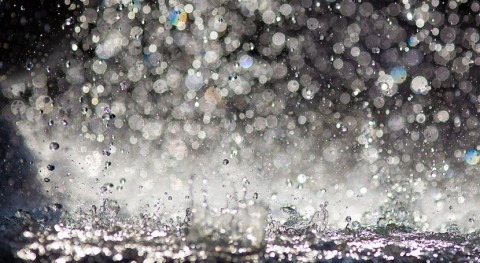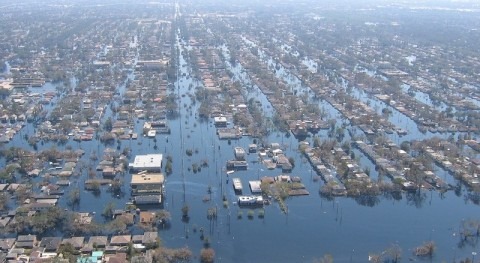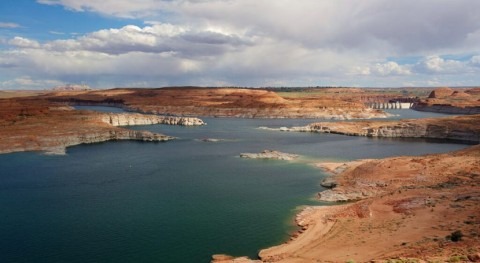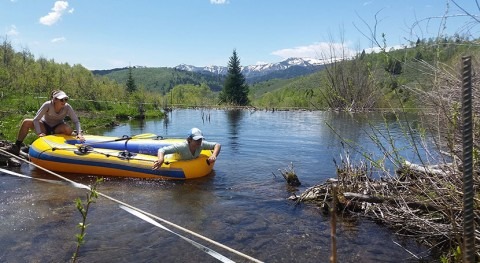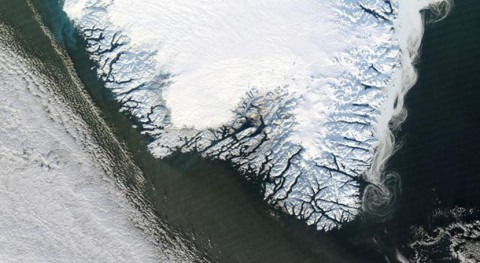The Congo basin is home to the world’s second-largest rainforest, whose 500 million acres have been slowly drying out for the last four decades. To figure out why the dry season is getting longer, scientists have been asking: What makes it rain in the Congo rainforest?
The answer is the rainforest itself, according to a new study published in the AGU journal JGR: Biogeosciences, which publishes research on the interactions among biological, geological and chemical processes across Earth’s ecosystems.
The new research found moisture leaving the dense forest canopy, or evapotranspiration, is the largest source of water vapor in the rainforest during the spring rainy season.
“Generally, people think that the onset of the rainy season requires moisture transport from the ocean. But this study suggests that in the spring rainy season, most of the moisture is coming from plants,” said Rong Fu, a climate scientist at the University of California-Los Angeles who was a co-author on the study.
The new findings have implications for land-use changes and sustainable agriculture in the Congo rainforest, where deforestation is a concern. Recent, rapid land use changes could threaten that moisture source, which local communities rely on.
The Congo is the world’s second largest “terrestrial water center,” behind the Amazon. Changes to the Congo could influence global hydrology, not only regional water cycling.
“This suggests that the Congo Basin is maybe the region in the world where the evapotranspiration over land is the most important for precipitation. So maybe that’s the region in the world where the deforestation might have the largest impact over the precipitation,” said Camille Risi, a research scientist at France’s Laboratoire de Métérologie Dynamique who was not involved in the study.
Plants trigger spring rains
Rainforests can get moisture in two ways: delivered from the ocean or released by plants through transpiration. Moist air over the ocean can move inland, where the water falls as rain. That’s how scientists thought the Congo got much of its moisture. But plants also move water from soil up through their roots to leaves, where it can escape as water vapor, or transpire. When an entire jungle is transpiring, that water vapor adds up quickly. The question in the Congo is just how much water transpiration adds.
To find out, the researchers used remote sensing techniques that allowed them to track the isotopic composition of water vapor in the basin throughout the year. Moisture from the ocean and from plants have different chemical signatures that satellites could detect.

Fu’s previous work found that the Congo basin’s dry season is getting longer. A loss of moisture cycling due to deforestation could be lengthening the dry season.
Credit: NASA Earth Observatory/Joshua Stevens
Fu was particularly interested in finding out what controls moisture during the Congo rainforest’s spring rainy season, which has been getting drier since the 1980s.
“To our surprise, evapotranspiration is even more important in the Congo than in the Amazon,” she said.
Their results showed that during the early rainy spring, over 80 percent of the moisture was coming from the plants—about 30 percent more than in the Amazon. Like Fu found previously in the Amazon, transpiration is significant enough to trigger the Congo’s spring rains. During the fall rainy season, moisture from the oceans becomes more important than transpiration. And between the two is the dry season, which relies on moisture stores from the wet season to keep the air moist. As dry seasons get longer and the rainy seasons get less wet, the dry season could get drier.
Deforestation disturbs hydrology
While hydrology in the Amazon is well-understood, “there’s relatively little work done on the Congo compared to the Amazon,” said Fu. That knowledge gap is due in part to poor observational coverage of the Congo, and satellite-based remote sensing techniques can help fill it in.
Concern over changes in the spring rainy season stem in part from land-use changes that have been occurring, largely out of the public eye when compared to the attention deforestation in the Amazon receives. Based on the new results, removing Congo rainforest vegetation is likely to change how much it rains in the spring, which could in turn affect the well-being of local communities and crops throughout the rest of the year.
Predicting exactly what the region’s responses to both land-use and climate change remains highly uncertain—for now.
“We need to study this link to predict what the reduction in evapotranspiration might be… and whether rainfall in the Congo will increase or decrease as a result of climate change is very uncertain,” Fu said. Studies like Fu’s will help improve climate models and predictions, and they can inform conservation and sustainable agriculture efforts in the Congo basin.




